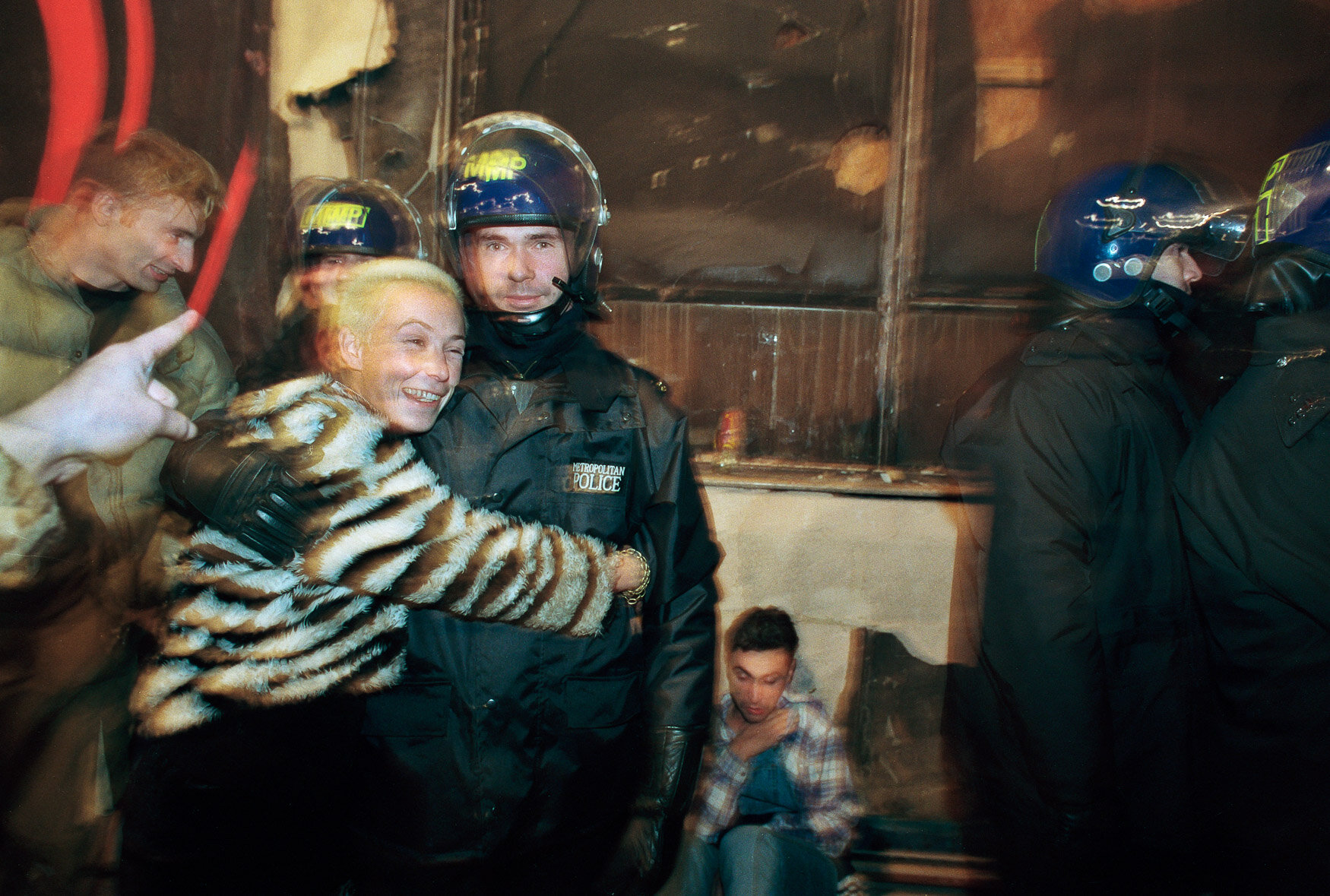London’s squat parties defined the counterculture of mid - late-90s and post-Thatcherite Britain. It was a raw, wild, and political scene, and one I was gleefully immersed in. The parties had it all: hedonism in spades, no laws, no rules, no dress code, a limitless supply of drugs and a soundtrack of pulsating Acid Techno. But there was an ideological underpinning to the scene that made the gatherings even more electric: these weren’t ‘just parties’, they were congregations of leading nonconformists, contrarians and dissidents, and they were glorious, exuberant expressions of rebellion against unchecked capitalism and its discontents.
The parties sprang up as quick as weeds and in the same places of neglect. Most British city-centres in those days of long economic hardship, had a bunch of abandoned buildings party organisers could squat: empty schools, bingo halls, tenements, office blocks, sports centres and warehouses. These would be transformed into smokey, dreamy labyrinths. Decked with huge tarps of fluorescence, pagan and futuristic iconography, with massive post-apocalyptic speakers and mixing desks hauled in. As soon as the music started up, every corridor between sound-systems would be lined with dealers touting Ecstasy, LSD, Ketamine and amphetamine with all the coyness of a market-trader.
The parties would repeat for weeks, claiming section six until a court ordered an eviction, then the whole crazy circus would vanish like a magician’s conjuring trick till the next venue was found. It took imagination, graft and grit to turn those spaces into temporary temples, caves and labyrinths of bliss. Behind the parties were a motley bunch of characters, many of whom dedicated their lives to the scene. They were hard as nails, knew how to play a wild game of cat-and-mouse with the police—and most wouldn’t have looked out of place in a Mad Max movie or some psychedelic futurist script.
Long before the ubiquitous presence of mobile phone cameras, this was an utterly unselfconscious, but deeply underground and secretive scene. Taking a camera into this environment proved an excellent training ground for every subsequent complex assignment I’ve shot. It was at these parties I learned how to negotiate intimidation—revellers were understandably ardent to protect a scene they loved so much and identified so strongly with—and to ask myself crucial ethical questions about what I should document, and what I should leave out.
Trust, and every photograph, was hard won.
'London Acid City' was first shown at the Saatchi Gallery’s landmark exhibition on rave culture, ‘SWEET HARMONY: RAVE | TODAY’ in 2019.
